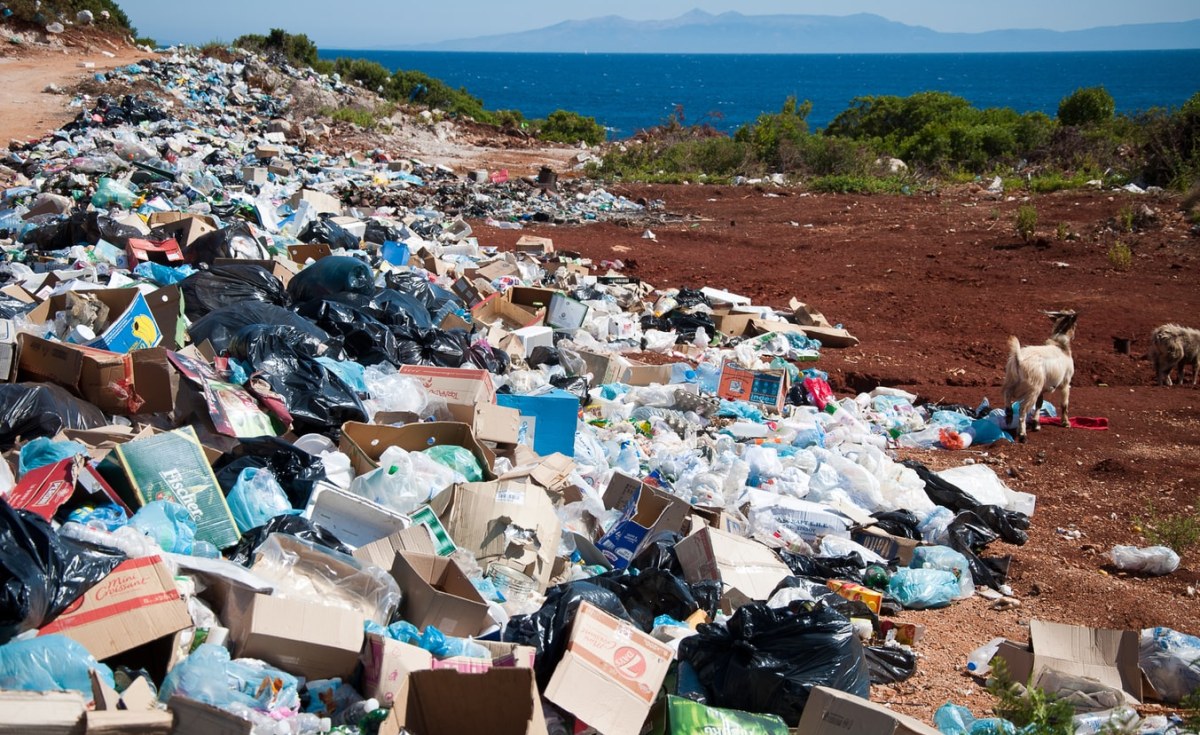THE E-waste generated in the country has increased to 35,755 tonnes in 2017 from about 2000 tonnes in 1998 on account of the rapidly expanding use of Information and Communications Technologies (ICTs) pushing up demand for electric and electronic equipment (EEE).
The National E-Waste Statistics Report, 2019 released by the National Bureau of Statistics (NBS) shows that E-waste generated per inhabitant has also been on the raise, from 0.01 kg per inhabitant (kg/inh.) in 1998 to 0.70 kg/inh. in 2017.
“Increased consumption of this equipment has come with the environment and health cost due to huge amounts of e-waste generated from scrapped electrical and electronic equipment,” stated the report.
It said further that Tanzania faces challenges on availability of e-waste data as estimates are scanty and sporadic, this makes e-waste problem largely unknown in the country. Unavailability of data impedes on country’s programmes for better management of e-waste and the monitoring of the Sustainable Development Goals (SDGs).
Statistics reveal further that the possession of EEE put on the market in mainland Tanzania has increased to 47,504 tonnes in 2017 from 21,692 tonnes in 1998.
The proportion of households owned mobile phones have also increased significantly, from nearly eight in ten households’ equivalent to 78.1 per cent 2017/18 compared to three in ten households (24.5 per cent) in 2007.
On the other hand, the possession of televisions at households has also shown an increase trend to 23.9 per cent in 2017/18 from 2.6 per cent in 2001. The EEE put on the market per inhabitant has also slightly increased from 0.72 kg/ inh to 0.93 kg/ inh over the same period.
The findings also indicate large equipment account for the bigger share in the composition of EEE put on the market, however, small equipment are increasingly becoming prominent in recent years.
At global level, the E-Waste Monitor (GEM) estimates, by 2016, the annual global consumption of new electrical and electronic equipment (EEE) was around 60 million metric tonnes (Mt).
The consumption and use of EEE is probably most prevalent in the developed countries, but developing countries have also shown a rapid growth of consumption and use of EEE in recent years.
The annual consumption of new EEE in developing countries increases by 10 per cent to 25 per cent annually. The GEM estimates also indicated the global e-waste generated reached about 44.7 million metric tonnes in 2016.
This was equivalent to 6.1 kilogramme per inhabitant (kg/ inh.) of e-waste annually. The GEM estimates that in 2016, domestic e-waste generation in Africa was approximately 2.2 Mt.
Currently, little information is available on the amount of e-waste documented that is collected and recycled by the formal sector in Africa. Only a handful of countries in the continent have enacted e-waste-specific policies and legislation.
Recycling activities are dominated by ill-equipped informal sectors, with related inefficient resource recovery and environmental pollution. Most African countries are currently developing various models of Extended Producer Responsibilities (EPR) schemes as part of their solution to the e-waste problem.







